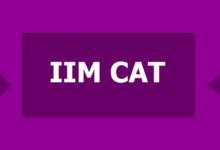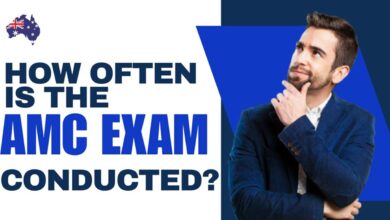Hopeful Certified Public Accountants (CPAs) must pass a CPA exam in order to reach their certification goals. CPA candidates can spend up to 400 hours studying for the exam. Study groups, taking notes, reading, and listening to lectures are helpful, but research shows that these types of study methods only go so far. In fact, candidates do much better when using active learning methods that include taking practice exams that closely mimic the real exam. Learning more about the active learning method can help you determine what kind of studying is best for you.
The Active Learning Method
Studies show that students who only have access to passive learning exercises, such as listening to lectures and taking text-only notes, do not perform as well as they could on high-stakes exams like the CPA exam. Enter the active-learning method for CPA review courses. Active learning relies on the students participating in a much larger capacity during study sessions. who use active learning methods are more engaged, spend fewer hours “cramming” prior to the exam, and feel more prepared overall not only for their exams but for their careers.
What To Expect Using Active Learning
Active learning has three goals: focused learning, learning by doing, and simplified learning. Focused learning strives to help students determine what the most relevant CPA Exam topics are as well as to determine which ones they need to study the most. This helps them to learn more efficiently and in many cases, perform better on the exam. Without focused learning, it’s much easier for students to struggle with organization or keeping up with a study plan. Focused learning helps students cut down on what they need to study and cuts out excess study materials so that they have what they truly need right at their fingertips.
Learning by doing is also a necessity for most students to perform well on the CPA Exam. However, studying only does so much. Learning the material is one thing, but being able to convey that information on a difficult exam is often much harder. Active learning helps students as they work through their practice exams. Each practice exam enables students the ability to get used to the challenging questions while building the confidence they need for exam day.
Finally, active learning relies on simplification. This means creating an in-depth yet concise study session that provides explanations for exam questions. Providing explanations for both right and wrong answers helps students learn where they’re succeeding and where they can improve and helps to create true knowledge rather than relying on memorization.
The Benefits of Active Learning for CPA Exam Preparation
There are several benefits for students who use active learning within a CPA Review course. Specifically, working with a review course that provides active learning within their study materials improves student outcomes, maximizes retention of information, and supports learning with visual aids. Active learning helps students develop better critical thinking skills by increasing the retention of information. In turn, these students are more motivated, show improved interpersonal skills, and pass the CPA exam at higher rates.
Maximized retention is of course part of the active learning improvement. When students practice the exam by taking practice tests, they retain more information, stay organized, and do better on the real exam.
Finally, visual aids help students retain as much as 65% of the information compared to only 10-20% of written or spoken information. Exam preparation that uses professional imagery, graphs, charts, and other types of visuals helps students to do better on their CPA exams.
If you are planning to take your CPA exam in the coming months, having the right CPA review materials at your disposal is vital for your success. Taking notes and making flashcards with your peers will only take you so far. Consider signing up for a CPA Review course that includes active learning and realistic practice exams to help you become the successful CPA that you were meant to be.








